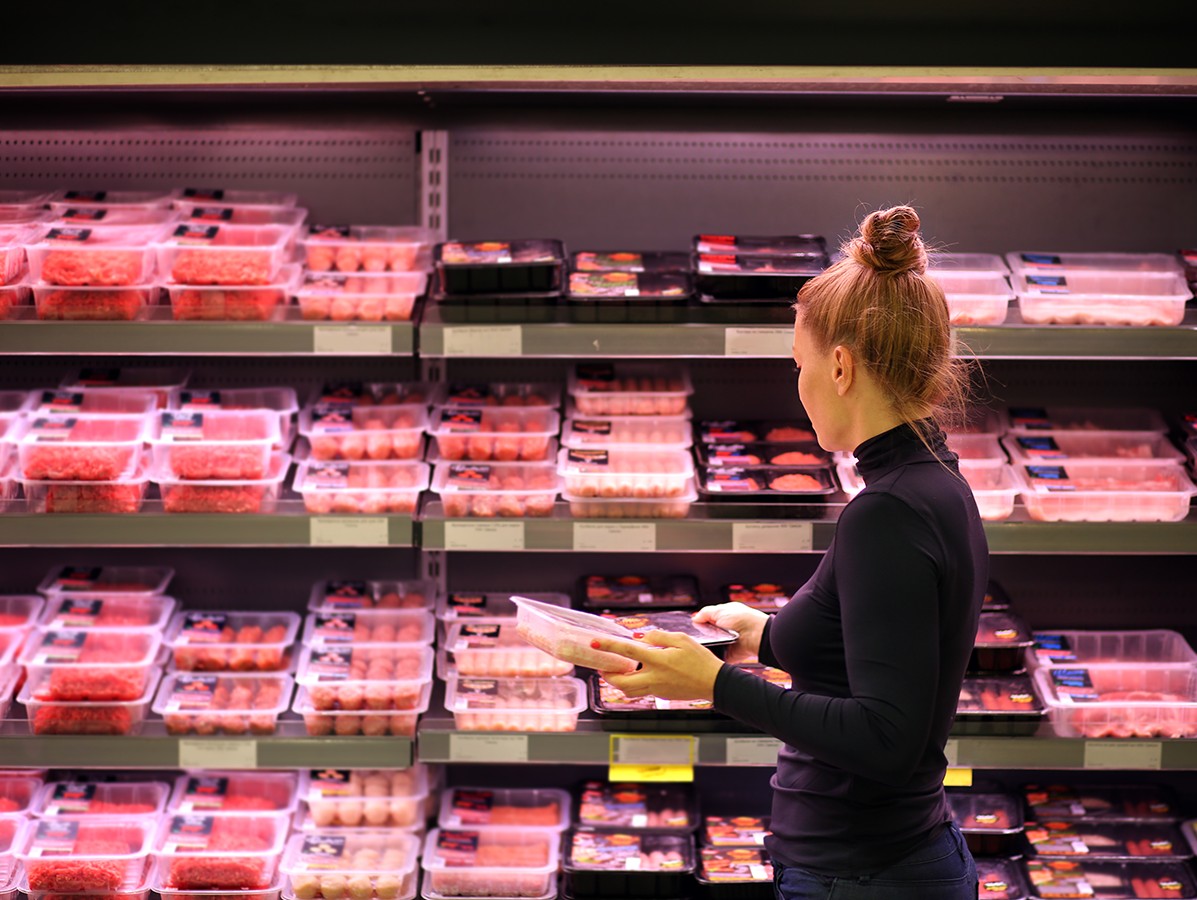We're currently searching through more than 4,000 articles, just a moment's patience...
We're currently searching through more than 4,000 articles, just a moment's patience...

A large majority of the Dutch population (85%) is prepared to buy other foodstuffs if this contributes to the reduction of nitrogen emissions, according to a study conducted among a group of 1,062 Dutch people by Kien Onderzoek on behalf of Blije Kip.
Women (90%) are more willing to buy other food than men (80%). In addition, there are differences per age category; the willingness among young people is greater than among the elderly. The level of education also plays a role; 91% of highly educated people are willing to switch to other food compared to 79% of people with a lower education.
Meat is by far the most commonly mentioned foodstuff for which people are prepared to buy a variant if it helps to reduce nitrogen emissions. Meat (64%) is followed by dairy (48%) and fish and eggs (both 40%). Many people are also willing to eat less meat (81%) or eat/drink less dairy (75%).
One of the companies offering a variant of a foodstuff with less nitrogen load is Blije Kip (Happy Chicken). They have put so-called Whites on the market. Animal behaviourist Eva Topelberg: "Chickens that lay white eggs need less feed. Less feed means less emissions. The CO2 footprint is four percent lower. That doesn't seem like much, but every little bit helps".
Source: © UMS Media
Vakblad Voedingsindustrie is a project of b2b Communications BV.
© COPYRIGHT 2025 VOEDINGSINDUSTRIE | ALLE RECHTEN VOORBEHOUDEN
Powered by Wallbrink Crossmedia © 2025
Een abonnement kost € 80,- exclusief 9% BTW per jaar.

We work in accordance with the privacy legislation. After your registration you will receive an e-mail with a confirmation link. Only after you have clicked on this link will you be registered as a recipient of the newsletter. If you can't find the e-mail in your inbox, please also look at unsolicited e-mail.


Lorem ipsum dolor sit amet, consectetuer adipiscing elit. Aenean commodo ligula eget dolor. Aenean massa. Cum sociis natoque penatibus et magnis dis parturient montes, nascetur ridiculus mus. Donec quam felis, ultricies nec





